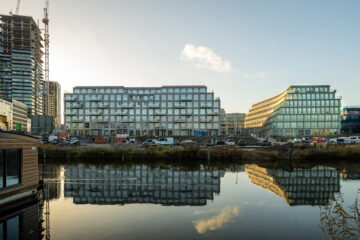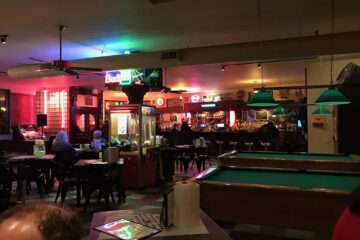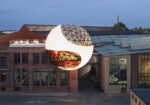The Rise and Fall of WeWork: A Lesson in Office Evolution
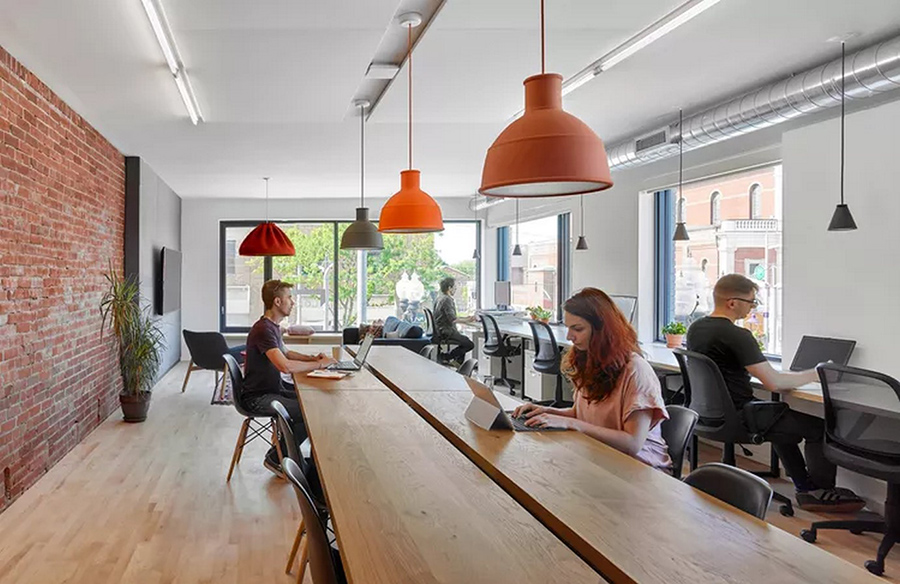
Rethinking Traditional Workspaces
The concept of coworking has long intrigued proponents of sustainable and flexible work arrangements. As Warren Mclaren, a former writer for Treehugger, aptly described it, coworking embodies a “Product Service System”—a model where individuals pay for the time they utilize shared workspaces. This ethos extends beyond mere desk-sharing, emphasizing communal vision, identity, and support networks among members.
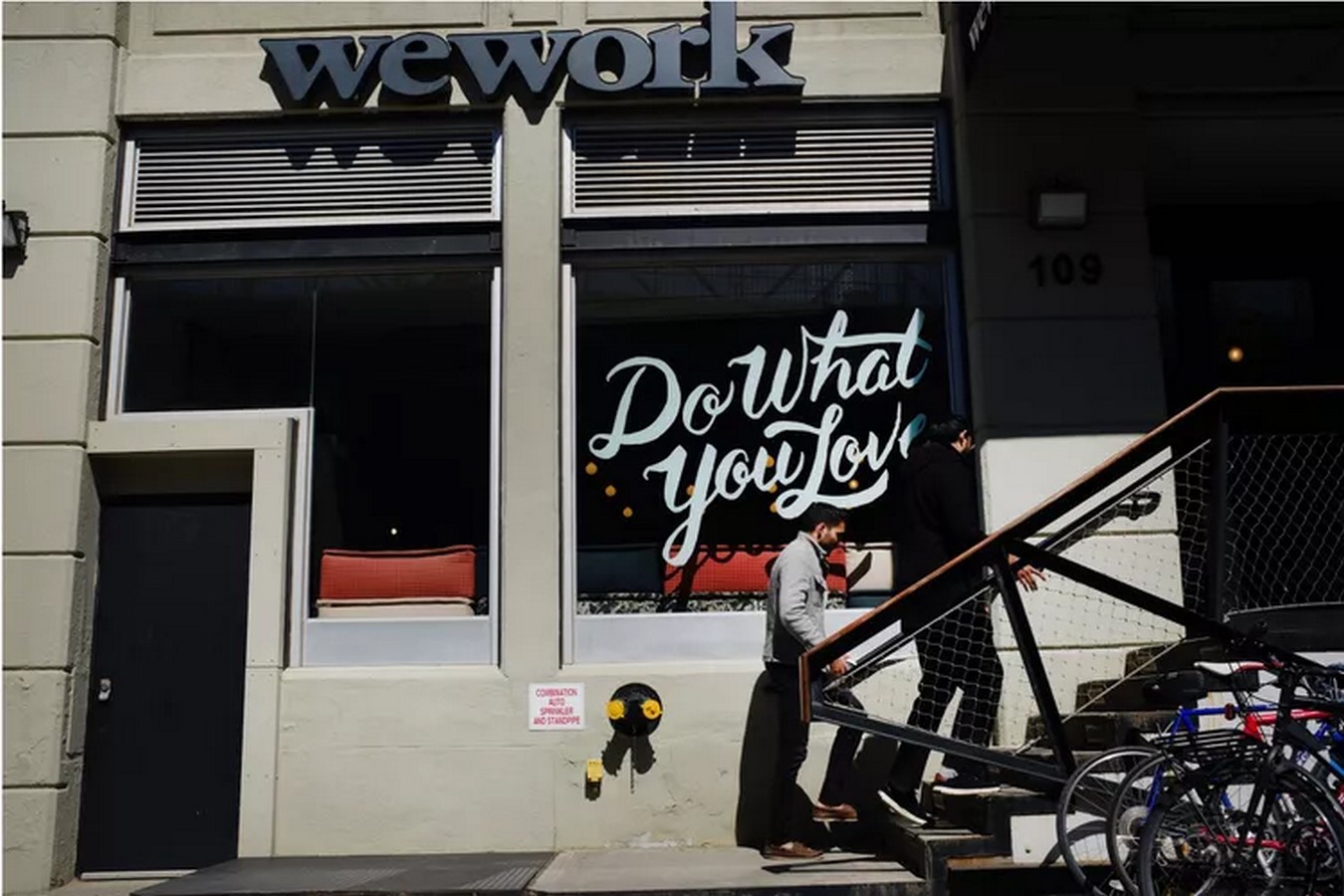
The WeWork Phenomenon
While the essence of coworking held promise, WeWork emerged as a formidable yet controversial player in the field. With its lavish expansion and flamboyant CEO, Adam Neumann, WeWork captivated investors and entrepreneurs alike. Despite its allure, skeptics, including some within the real estate industry, questioned the sustainability of WeWork’s business model, likening it to a high-stakes real estate venture rather than a tech-driven innovation.
Unveiling the Illusion
In “The Cult of We: WeWork, Adam Neumann, and The Great Startup Delusion,” authors Eliot Brown and Maureen Farrell dissect the rise and fall of WeWork, unraveling the intricacies behind its meteoric ascent and subsequent downfall. Central to WeWork’s appeal was its meticulously designed workspaces, which departed from conventional office layouts, fostering an ambiance reminiscent of trendy coffee shops rather than sterile cubicle farms.
The Real Estate Conundrum
Despite its tech-savvy branding, WeWork’s core business model remained anchored in real estate, a stark departure from the scalable nature of traditional tech enterprises. Venture capitalists, accustomed to exponential growth in software ventures, grappled with the inherent limitations of real estate investments, leading to apprehensions about WeWork’s long-term viability.
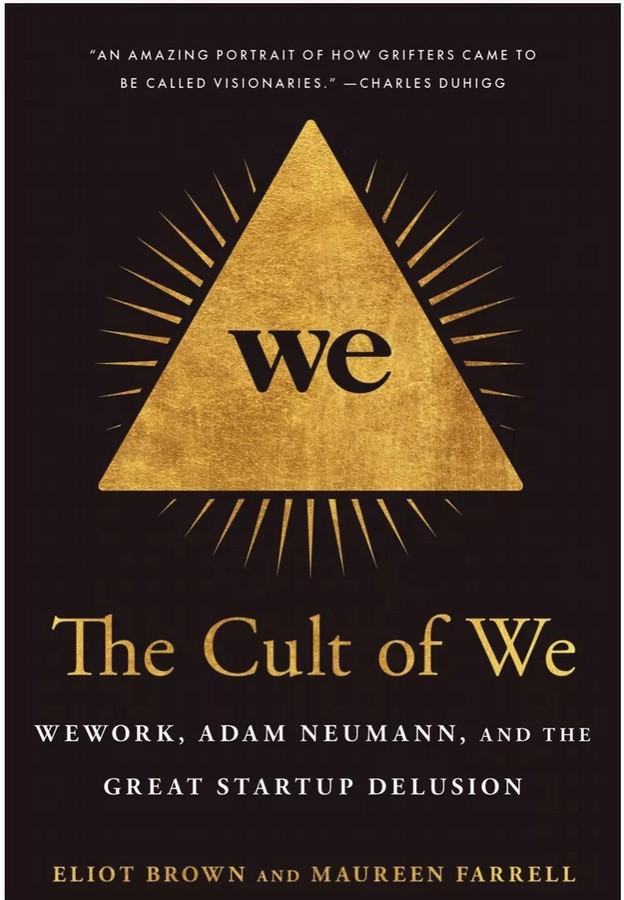
Lessons Learned and the Future of Coworking
While WeWork’s tumultuous saga underscores the perils of unchecked ambition and speculative fervor, it does not negate the enduring relevance of coworking. As the pandemic reshapes work dynamics, there is renewed interest in neighborhood coworking spaces, fostering collaborative environments closer to home. Such initiatives align with the imperative of building sustainable, community-centric work ecosystems, essential in the transition towards 15-minute cities and resource-sharing economies.
A Sustainable Vision
In the wake of WeWork’s demise, the legacy of coworking endures, albeit with a renewed emphasis on sustainability, inclusivity, and genuine community engagement. Architect Miguel McKelvey’s contributions to WeWork’s early success underscore the pivotal role of thoughtful design in shaping productive work environments. As we navigate the evolving landscape of work, the essence of coworking prevails, transcending the pitfalls of corporate excess and heralding a future where shared spaces foster innovation, connection, and purpose.
In essence, while the WeWork debacle serves as a cautionary tale, it also underscores the resilience and adaptability of coworking as a transformative force in redefining how we work and interact in the modern era.


